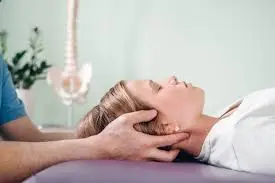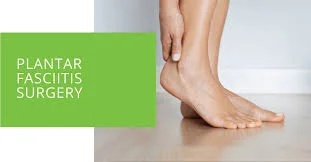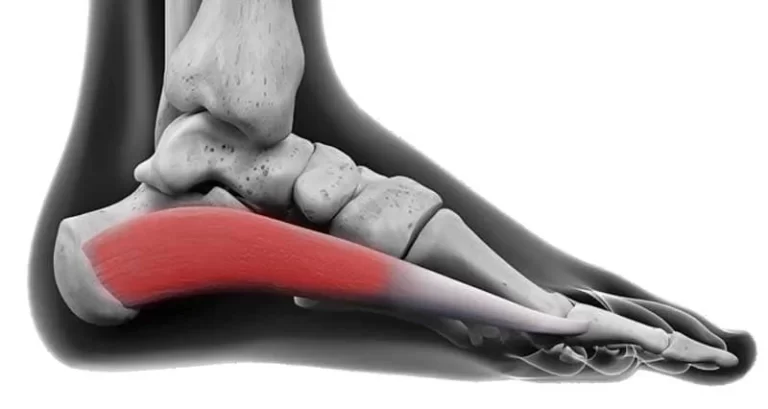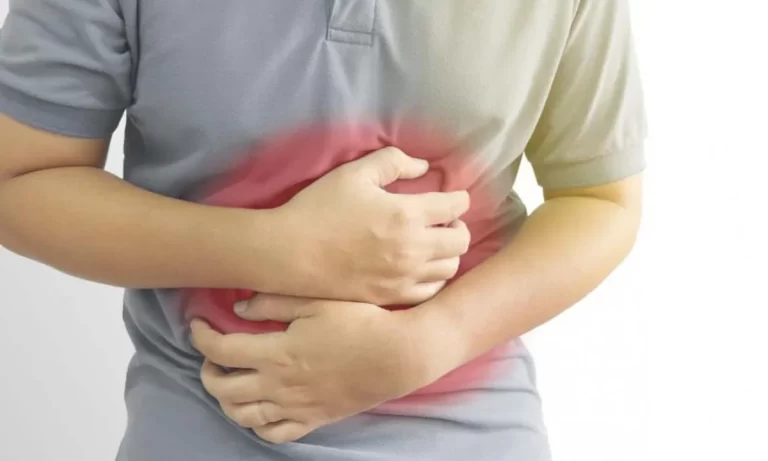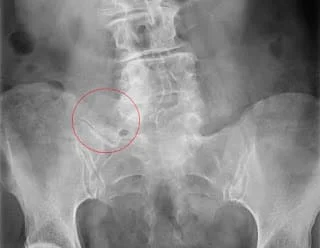Craniosacral Therapy
Introduction Craniosacral therapy (CST) is a gentle, non-invasive, hands-on method of healing that uses a light touch to release restrictions in the craniosacral system. The craniosacral system is a network of membranes and fluids that surrounds and protects the brain, spinal cord, and nerves. It is also connected to the fascia, which is a connective…

